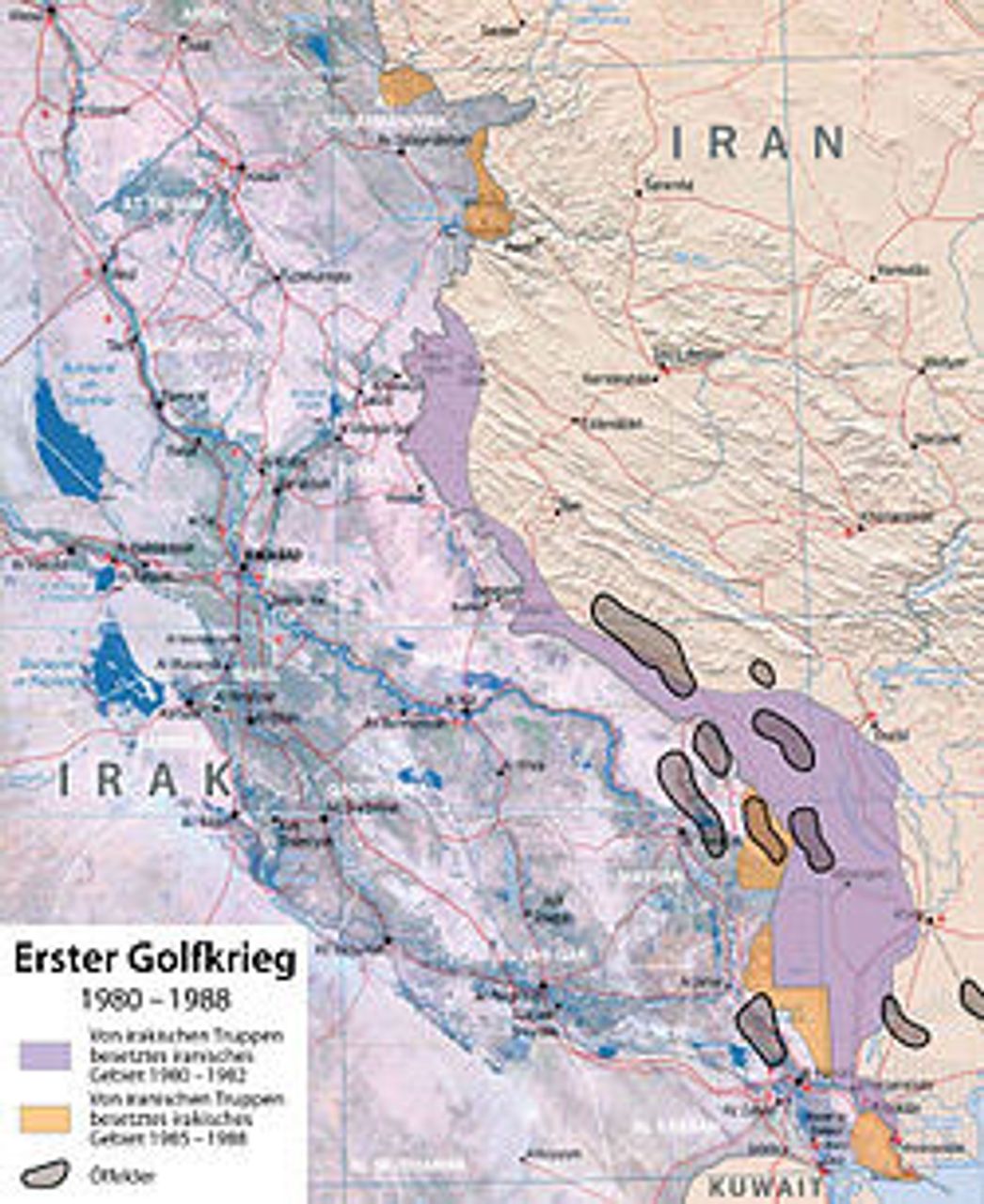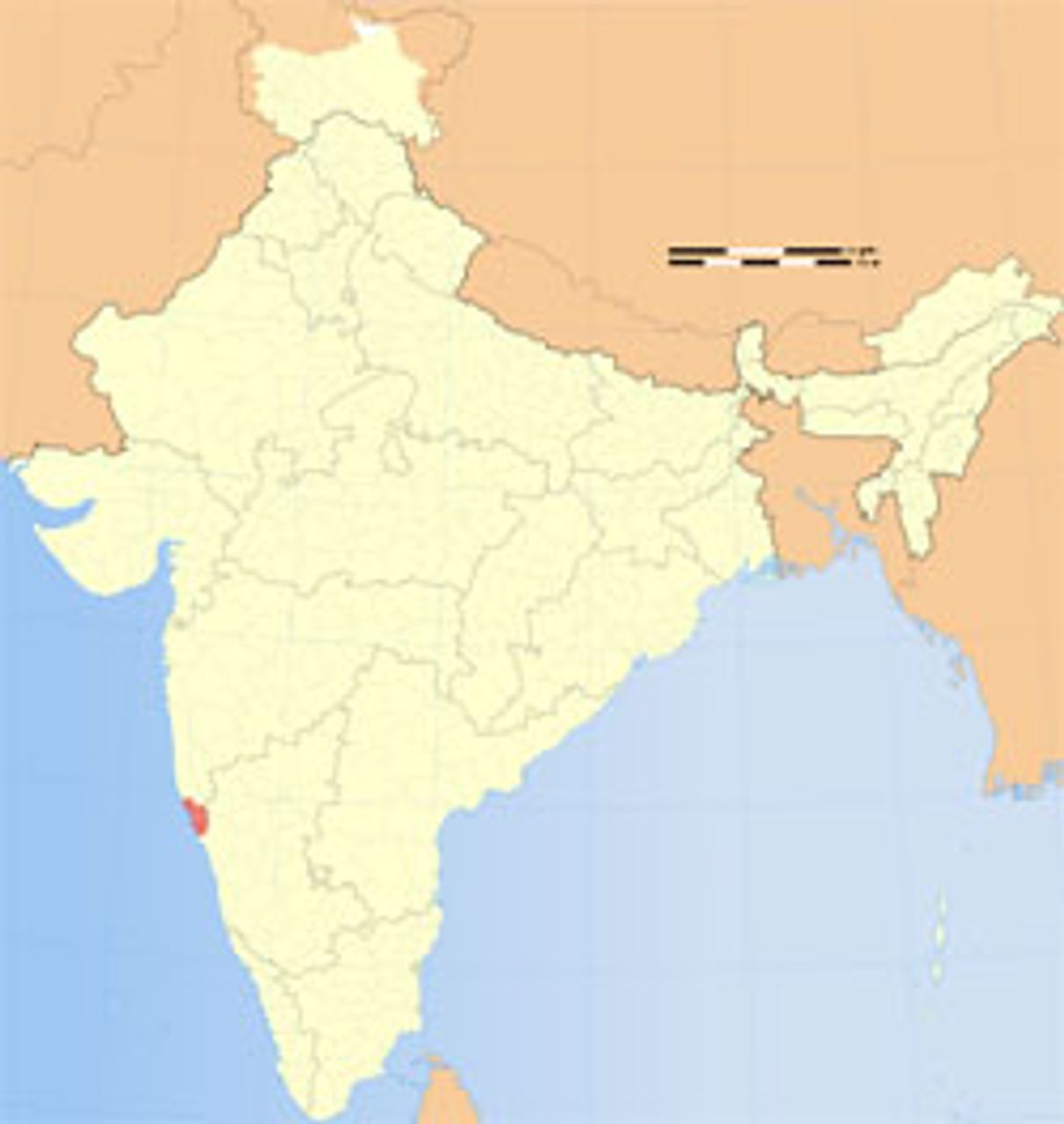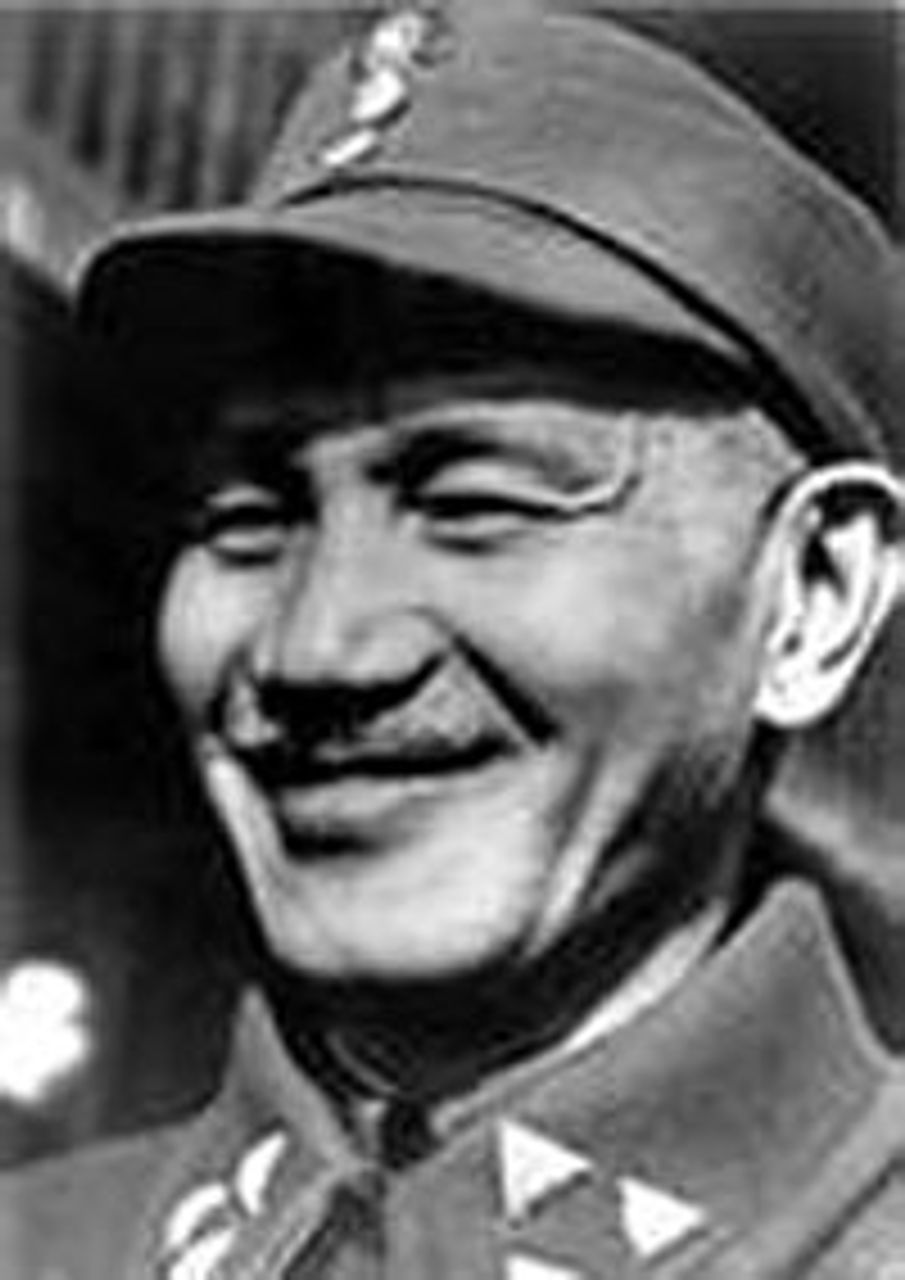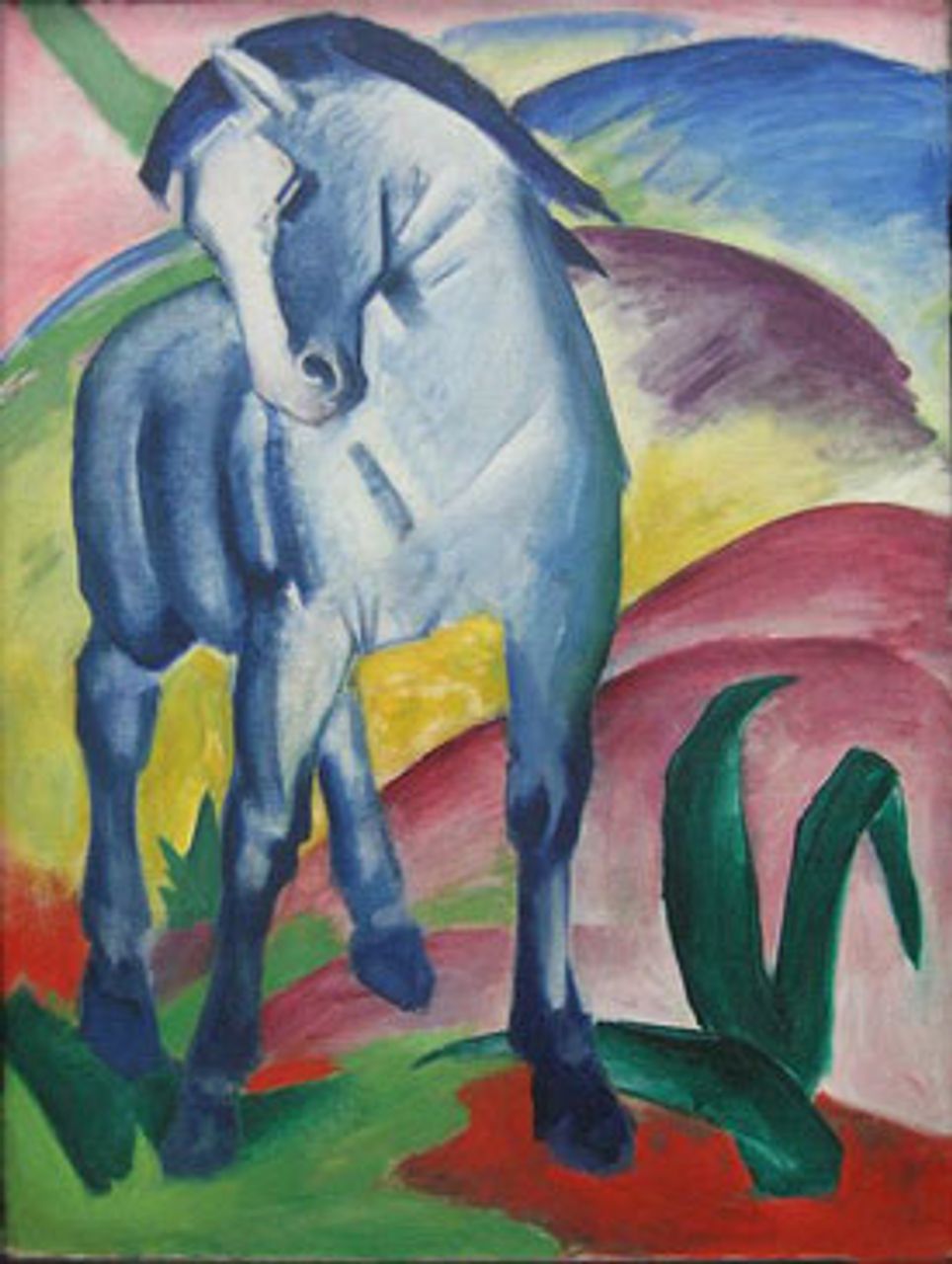This Week in History provides brief synopses of important historical events whose anniversaries fall this week.
25 Years Ago | 50 Years Ago | 75 Years Ago | 100 Years Ago
25 years ago: US admits giving military aid to Iraq
 German map depicting extent of Iraqi
German map depicting extent of Iraqiand Iranian gains during war
On December 15, 1986, Reagan administration officials admitted that Washington had been supplying Saddam Hussein with military intelligence, including satellite reconnaissance, in order to assist Iraq’s Baathist regime in its six-year-long war with Iran. Hussein frequently used this reconnaissance to attack Iranian forces and even Kurdish Iraqi civilians with chemical weapons.
The revelation came amidst the Iran-Contra affair, which had revealed that the US was secretly selling military hardware to the Shiite Islamist regime in Iran and using the proceeds to equip Contra death squads in their effort to overthrow the nationalist Sandinista regime in Nicaragua. Both the equipping of Iran and the supplying of Iraq with intelligence were violations of Washington’s stated neutrality in the bloody war, but Reagan administration officials justified supplying Iraq with intelligence as “not as much of a violation,” according to the New York Times.
State Department and White House officials told the Times that a defeat of Saddam Hussein would be “disastrous to American interests” in the Middle East. The officials said that Washington’s policy was to avoid a war that would produce a “clear winner and a clear loser,” and admitted that by supplying Iraq, which was faring poorly at the time, it was “in effect prolonging the war.” In this manner Washington played the decisive role in a war that devastated both countries and cost between 800,000 and 1.3 million lives.
The US further favored Iraq by encouraging American allies, most notably France, to supply Saddam Hussein with weapons, while publicly calling for an arms embargo on Iran. Officials indicated that Saudi Arabia was also supplying Iraq, indirectly, with US-made military equipment, including reconnaissance AWACS planes. They also admitted that CIA chief William Casey had made several trips to Iraq to meet with top Iraqi officials, most likely including Saddam Hussein.
50 years ago: India evicts Portugal from Goa
 Map showing location of Goa, India
Map showing location of Goa, IndiaOn December 18 and 19, 1961, thousands of Indian soldiers easily overran Portugal’s Indian colonies of Goa, Diu and Damao, ending 450 years of Portuguese control of the trading cities on the Arabian Sea. The victory brought to a symbolic close the formal colonization of the subcontinent. Goa had been the first European colony in South Asia, taken in 1510, setting the stage for centuries of plunder by the Portuguese, the Dutch, the French and especially the British.
Since its independence from Great Britain in 1947, India had insisted that Goa be returned. Portugal, which like France proclaimed its colonies part of the metropolitan nation rather than foreign possessions, refused. The 1,300 square mile enclave was home to between 630,000 and 700,000 people, the vast majority of them Indians. There had long been a pro-Indian independence movement among the Goans.
Fourteen years after India’s formal independence and amidst the communal division of the subcontinent and a population mired in some of the world’s most severe poverty, the ruling Congress Party of Jawaharlal Nehru hungered for a fresh nationalist victory. This came easily at the expense of Portugal, Western Europe’s poorest country, whose imperial possessions had for centuries survived at the pleasure of the British.
The US ambassador to India, John Kenneth Galbraith, publicly pleaded with Nehru to work out a peaceful solution to the crisis, but it was clear that neither the US nor the UK would stand in the way of a speedy Indian victory over their NATO ally Portugal, ruled by the fascist dictator António de Oliveira Salazar.
75 years ago: Chiang Kai-shek placed under house arrest
 Chiang Kai-shek
Chiang Kai-shekOn December 12 1936, the leader of the Chinese Kuomintang, Chiang Kai-shek, was placed under house arrest by the leader of his northern armies, Chang Hsueh-liang, a former Manchurian warlord, in what would subsequently become known as the “Xi’an incident.”
Chiang Kai-shek had arrived at Hsueh-liang’s headquarters in Xi’an, the capital of Shaanxi Province, ostensibly to discuss military tactics to be employed against the peasant army built by Mao Zedong’s Chinese Communist Party (CCP). Chiang was unaware that since earlier in the year, Hsueh-liang had been negotiating with the CCP about a tactical alliance against the invading Japanese Imperial Army. Hsueh-liang believed that Manchuria would not have fallen to the Japanese five years earlier had he been also able to draw upon Mao’s military forces in the northern Chinese theatre of war.
Chiang was held under house arrest for almost two weeks before he finally agreed to Hsueh-liang’s eight demands, foremost of which was an end to the civil war between the Kuomintang and the Communists and the formation of a Second United Front between the two against the Japanese. The First United Front, instituted under Stalin’s orders in 1927 over the objections of Leon Trotsky and the Left Opposition, had resulted in the massacre of CCP cadre and class-conscious Chinese workers. This had set the stage for the emergence of Mao and the shift in the party’s orientation from the urban working class to the peasantry.
During the Second United Front, combat between the Kuomintang and the CCP never fully ended and by 1940 civil war had reemerged, even in the midst of the Japanese occupation.
100 years ago: The Blaue Reiter Exhibition
 Blaues Pferd I by Marc
Blaues Pferd I by MarcOn December 18 1911, the first exhibition of the artistic movement der Blaue Reiter (the Blue Rider) opened in Munich, Germany with a collection of paintings selected by the artists/editors Wassily Kandinsky and Franz Marc. The collaboration of these two painters provided the mainspring for the exhibition.
The large canvasses of Kandinsky, painted in accordance with the aesthetic conceptions he had elaborated over the previous two years, contained discernible but dissolving natural forms combined with abstract patterns. Marc was a painter of animal studies, depicting organic forms in striking colors, with the horse his favorite motif.
The two men had devised the name in Marc’s garden. Kandinsky recalled: “We both loved blue. Marc liked horses, and I liked riders.”
During 1911 they had been preparing the publication of a Blaue Reiter Almanac to demonstrate an affinity between modern art and various modes of art usually termed primitive. The exhibition was mounted after an artistic feud that barred one of Kandinsky’s canvasses, Last Judgment, from another, now long-forgotten exhibition.
The richly varied styles of the 42 works in the first exhibition of der Blaue Reiter represented the ferment of the European modernist avant-garde. It included paintings by French artists Douanier Rousseau and Robert Delaunay, as well as paintings by Albert Bloch and Arnold Schonberg, who was a painter as well as a composer. Kandinsky and Marc asserted, “the principle of internationalism is the only one possible… The whole work, called art, knows no borders or nations, only humanity.”
This exhibition was followed by a second much larger one with 300 works that included paintings by Pablo Picasso, Georges Braque and Paul Klee, followed by the Almanac, both in 1912. Although lasting only until 1914, der Blaue Reiter was a watershed in 20th century art. With the outbreak of war, Kandinsky had to return to his native Russia and Marc was killed at Verdun in 1916.
Barry Herbert in German Expressionism: Die Brucke and Der Blaue Reiter wrote that Kandinsky’s drive brought together exhibitions that “reflected all that was new, exciting and provocative in German, French and Russian contemporary painting.” Der Blaue Reiter set in motion the ripples that spread to the Pan-European Sonderbund exhibition in Cologne in 1912 and its celebrated American successor—the 1913 Armory Show in New York.
